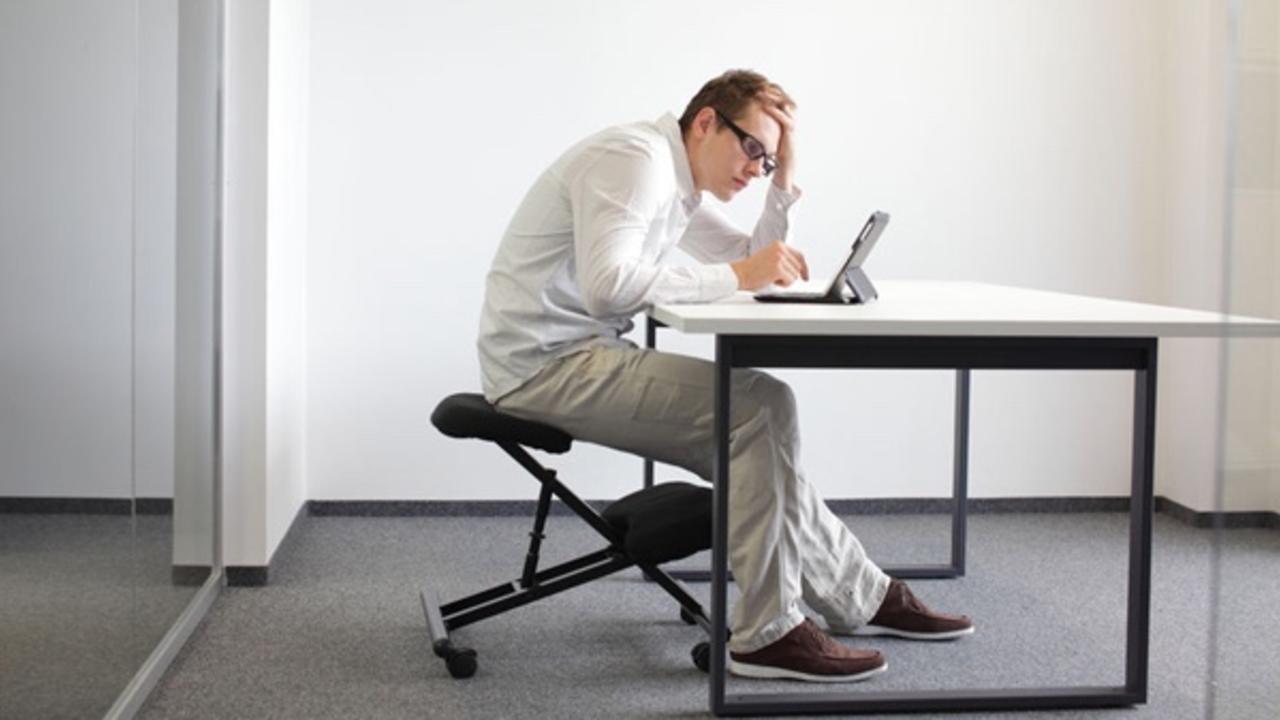Is YOUR work-lifestyle sedentary? What you need to know about the Hazards of Sedentary Occupations

[Are you sitting down for this?]
The CDC calls it “Occupational Sitting.” The medical community calls it “Sitting Disease.” Others refer to “The Desk Sentence,” “The Desk Jockey,” and “Sitting is the New Smoking.” These terms have emerged from the growing body of research linking prolonged sitting to fatigue, weight gain, chronic illness, and early death.
[Maybe you should take a stand.]
The average person sits more than half his waking hours. Studies show that people who sit for extended periods are at increased risk for the following:
- Heart Disease
- Type 2 Diabetes
- Certain Cancers (breast, colorectal)
- Obesity
- Back and Neck Pain
- Disability
And the kicker? Even if you exercise regularly for one hour a day, it is not enough to undo the negative health of effects of a sedentary work-lifestyle.
The National Institute for Occupational Safety and Health, in its “Workplace Solutions” , publication calls for the need for employers to reduce the “safety and health hazards” of occupational sitting. The NIOSH advises companies to implement policies, programs and strategies that address the hazards of prolonged sitting, suggesting standing stations, educational workshops, and work break strategies.
[What’s an Occupational Sitter to do? Give yourself a break.]
The research on the health risks of being sedentary is not all bleak. Studies suggest that minimizing the health risks associated with prolonged sitting is simple: Sit less and move more In other words, take frequent, short breaks spread throughout your day. In addition to improved health, work breaks can also improve your productivity.
In our Puritanical society, taking breaks at work may seem counterintuitive to being productive, but experts disagree. MIT Sloan Executive Lecture Bob Pozen claims that working longer hours does not equate to increased productivity. Taking frequent and carefully planned breaks helps to improve your focus and your energy, not to mention your health.
So, if you’re looking for ways to rev up both your health AND your productivity, be mindful of the fact that hours worked is not equivalent to productivity gained. “We need to do away with time as a success metric,” says Pozen.
[Not all work breaks are created equal.]
The type of breaks we take matter. Too often, we take breaks when we are already tired and stressed, so we reach for the caffeine or the high sugar snack to help us cope. These types of breaks actually make us feel more fatigued. The key to making work breaks effective is to plan them into your schedule ahead of time. Examples of effective work breaks include:
Movement Breaks
- Walking breaks—even if it is one jaunt up and down the stairwell
- Stretch breaks—consider what aches and pains need tending, perhaps a table top stretch for your chest and legs or a standing thumb stretch for the pain in your wrist.
- Micro-workouts—keep an elastic fitness band in your desk drawer and do one 5-minute superset (e.g., Chest Presses and Deadlifts) every hour and get your workout in!
Stress Management Breaks
- Mini-meditations—pull away from your computer screen, detach and breathe deeply.
- Breathing techniques—to calm yourself, breath in slowly for a count of 4 and exhale slowly for a count of 6.
- Setting goals—again, pull away from your computer screen and set a new personal goal, then spend a few minutes visualizing yourself having attained this goal.
For more information on the importance of taking purposeful work breaks or on FIT2order’s portal of work breaks, connect2FIT, contact us.
SOURCES:
- Lynch, B. & Owen, N. Too much sitting and chronic disease risk: steps to move the science forward. Anals of Internal Medicine. (2015).
- Young, Deborah Rohm. American Heart Association Advisory. (2016).
- NIOSH. Using Total Worker Health Concepts to reduce health risks from sedentary work.Workplace Solutions. (2017).
- Rosen, Bob. Extreme Productivity: Boost your Results, Reduce your Hours

